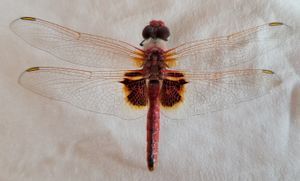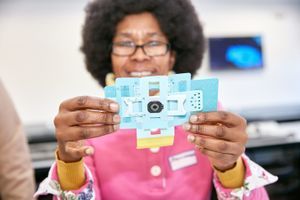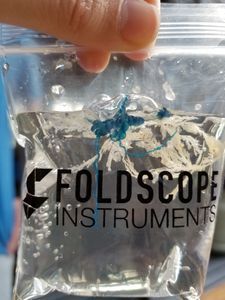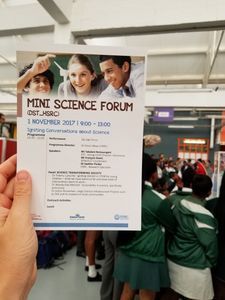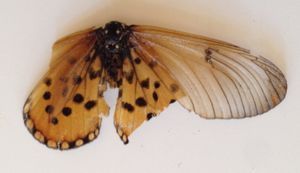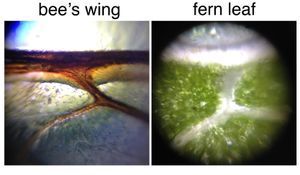My first foldscope adventure: Bee-autiful!
 Oct 15, 2015 • 2:36 PM UTC
Oct 15, 2015 • 2:36 PM UTC Unknown Location
Unknown Location 140x Magnification
140x Magnification Microorganisms
Microorganismsdorithockman
Learn about the author...
8posts
40comments
1locations
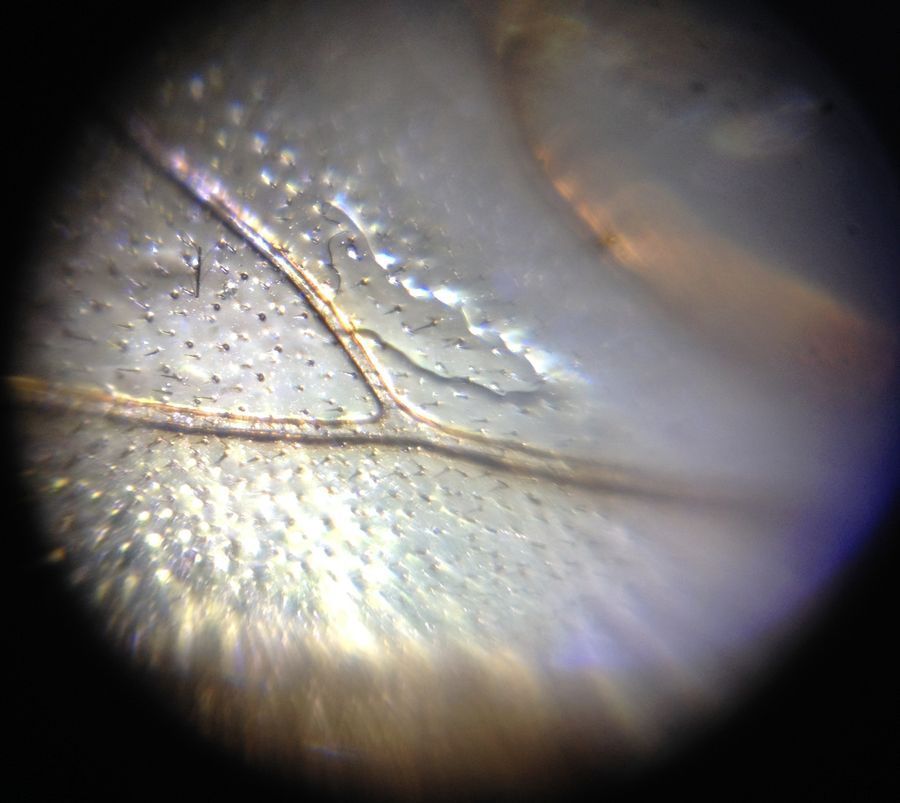
I am very happy to be the proud owner of a Foldscope after meeting Manu and hearing about the Foldscope at the Society for Developmental Biology meeting in Seattle last year and again at the Pan-American Society for Evolutionary Developmental Biology meeting at Berkley. He has very kindly given me some Foldscopes which I will be using to teach school students in disadvantaged communities in South Africa how to conduct their own scientific experiments in their backyards, in collaboration with the amazing local NGO, IkamvaYouth .
To start preparing and brainstorming for this project I looked to my own backyard in Cape Town to find my first Foldscope sample. Luckliy for me, a bee had met its demise on my doorstep and I could carefully remove a leg and wing to mount on my Foldscope slide, without worrying about being stung. Below are some of the amazing features I could discern with the high magnification lens and the iPhone attachment, using the LED light attachment:
I was amazed by how clearly you could see the veins and tiny hairs of the wing. This shows the benefit of mounting transparent structures on the Foldscope.
To start preparing and brainstorming for this project I looked to my own backyard in Cape Town to find my first Foldscope sample. Luckliy for me, a bee had met its demise on my doorstep and I could carefully remove a leg and wing to mount on my Foldscope slide, without worrying about being stung. Below are some of the amazing features I could discern with the high magnification lens and the iPhone attachment, using the LED light attachment:
I was amazed by how clearly you could see the veins and tiny hairs of the wing. This shows the benefit of mounting transparent structures on the Foldscope.

I could also clearly see the long specialised hairs on the bee’s leg in the region of the “pollen-basket” where it carries it small bags of pollen, as well as the shorter hairs in the region of the “pollen-brush”
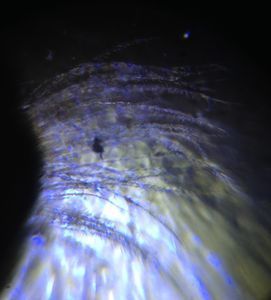
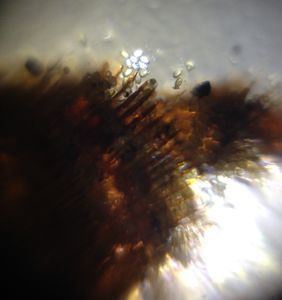
The pollen was clearly discernible, still clinging to the hairs. I also mounted a patch of pollen on its own.
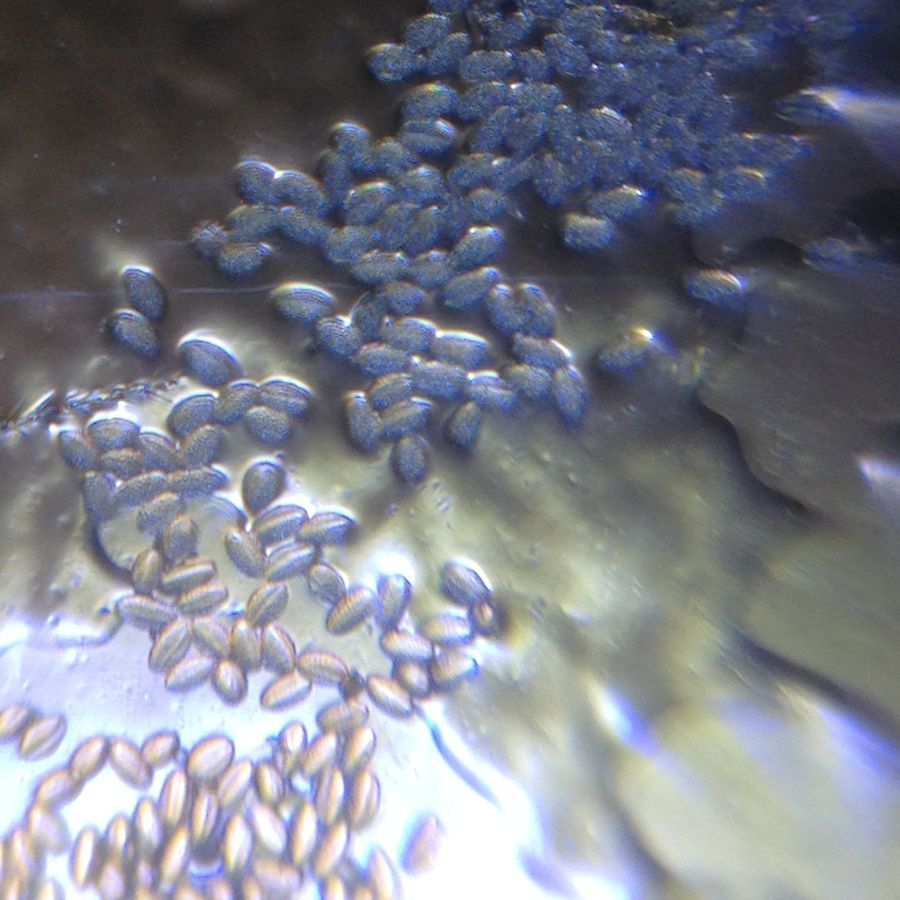
This was a really exciting first Foldscope experiment and I am looking forward to more!
Sign in to commentNobody has commented yet... Share your thoughts with the author and start the discussion!
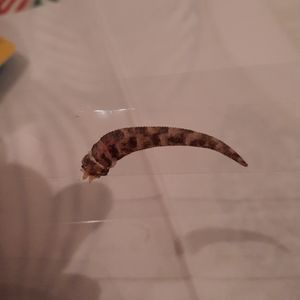
 0 Applause
0 Applause 0 Comments
0 Comments